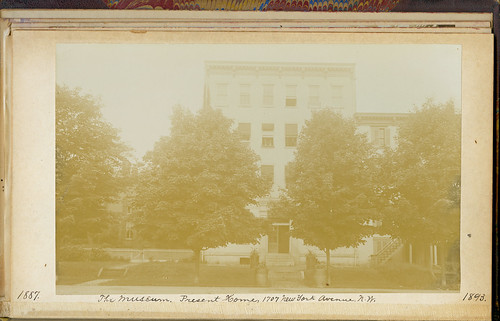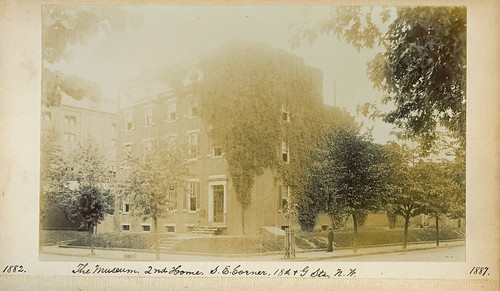The Fall of
Saigon and the Rescue Mission of the USS Kirk
by Jan K.
Herman
Published by
Naval Institute Press
Binding:
Hardcover & eBook Available at Publication Date
Number of
Pages: 192
Subject:
Vietnam War
Date Available:
November 15, 2013
_______________________________________________________________________
As the Vietnam War reached its
tragic climax in the last days of April 1975, a task force of U.S. Navy ships
cruised off South Vietnam’s coast. Their mission was to support the evacuation
of American embassy personnel and military advisers. But the task force was
also assigned to secure the safety of South Vietnamese who had “sensitive”
military information in their possession and whose lives would be in danger
once the North Vietnamese consolidated their inevitable victory.
The magnitude of a nation’s
final collapse had suddenly become tangible. For days prior to the fall of
Saigon, the by-products of the North Vietnamese army’s relentless conquest
included thousands of panicked refugees trying to flee the country in anything
that would float or fly.
“It was Dunkirk in reverse,”
observed Paul Jacobs, commanding officer of USS Kirk during Frequent Wind, the operation that turned the destroyer
escort into a haven for refugees escaping South Vietnam. Kirk’s officers and enlisted personnel—trained as
warriors—instantly transformed their man-of-war into a humanitarian assistance
ship. Desperation and suffering gave way to reassurance as crew members fed
their unexpected and anguished guests, dispensed medical care, diapered
infants, and provided hope to a dispirited people.
The Lucky Few focuses on one small U.S. Navy warship from that task
force. Kirk took part in the rescue
of not only the remnants of the South Vietnamese fleet, but also dealt with
32,000 refugees on board those ships. Although the Vietnam War ended in chaos
and shame, the epic story of USS Kirk
and her success in rendering humanitarian assistance under inconceivable
circumstances reflects one of America’s few shining moments during this
military withdrawal. Almost forty years later The Lucky Few brings to light this relatively unknown heroic tale
in the South China Sea of a people caught up in the death throes of a nation
and their subsequent passage to freedom.
~ Advance Praise for The Lucky
Few
“Operation Frequent Wind and the
last days of the Vietnam War have remained largely absent from the public
eye—until now. What an irony that such a catastrophic war comes to a close with
one of the U.S. military’s greatest humanitarian efforts of the twentieth
century. Jan Herman has conducted tremendous research in The Lucky Few to illustrate the immense courage displayed by the
men of the USS Kirk (FF-1087), which
led to the successful rescue of over 32,000 South Vietnamese. Congratulations
to the men of the USS Kirk and to all
of CTF 76-1.”
—The Honorable Richard L. Armitage, 13th U.S. Deputy Secretary of State
“Jan Herman’s thoroughly
researched and beautifully written account of the USS Kirk and her crew’s participation in the final days of the Vietnam
War, the fall of Saigon, and the evacuation at sea of thousands of Vietnamese
refugees underscores both the tragedy and the triumph of war. This book
illustrates the dual purpose of our Navy—a weapon of war and also an instrument
to provide humanitarian assistance and care anywhere and anytime. This story,
lost until this writing, needs to be read by every American sailor and citizen.
They will see first hand our Navy in action. They will also see the courage,
compassion, and the stellar leadership of Captain Jacobs and his brilliant USS Kirk crew.”
—Vice Adm. Adam M. Robinson Jr., MC, USN (Ret.), 36th Surgeon General
of the U.S. Navy
“Jan Herman’s extensively
researched and meticulously detailed account of the USS Kirk during the final weeks of the Vietnam War is a riveting
portrait of heroic men in unheroic circumstances; it provides a fresh and
essential perspective on this troubled chapter in American history.”
—Rory Kennedy, filmmaker
The Author
Jan K. Herman served as the
historian of the Navy Medical Department and as special assistant to the
Surgeon General for thirty-three years. He also produced an hour-long
documentary, The Lucky Few, which has
gained international acclaim since its premiere at the Smithsonian in 2010.
He is the author of Battle Station Sick Bay, Frozen in Memory, Navy Medicine in Vietnam, Murray’s
Ark and Other Stories, and lives in Takoma Park, MD.




